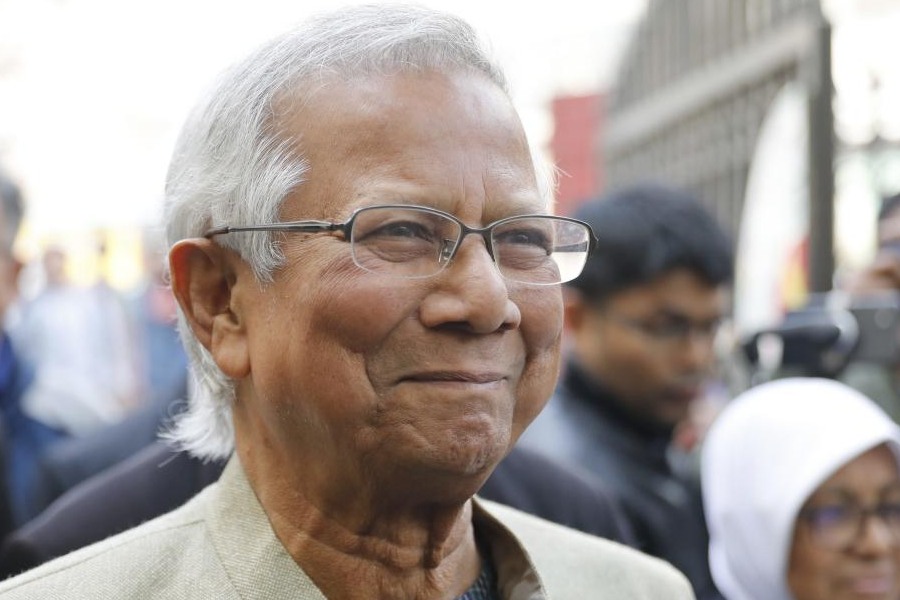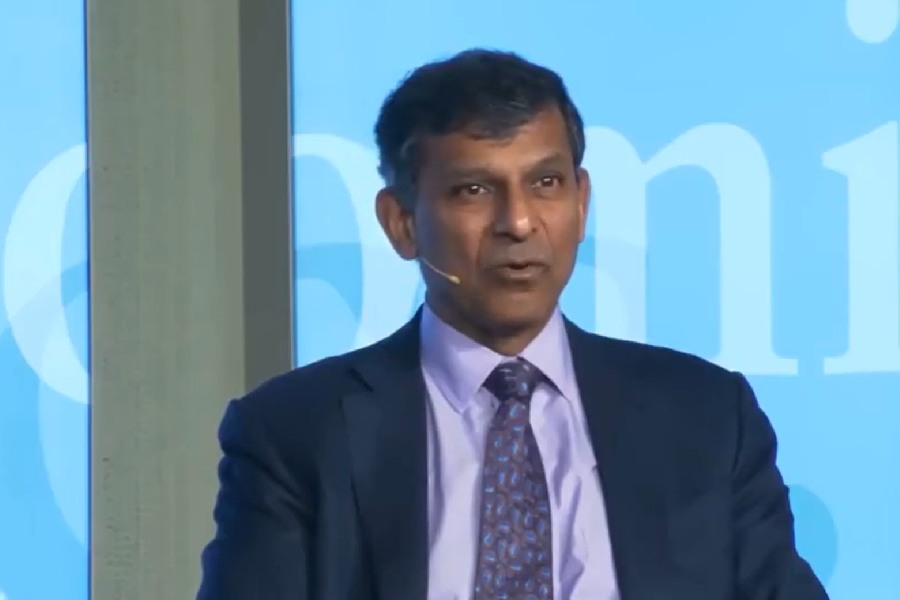 |
| Fruits of labour: A tribal farmer shows off his pear tree in Netarhat. Picture by Hardeep Singh |
Netarhat, March 19: What was a source of sustenance in prehistoric times is nurturing tribal economy in this plateau paradise of Latehar even today.
Situated 3,800ft above sea level, Netarhat, home to primitive tribes, is thriving on cultivation of the Asian pear (Pyrus pyrifolia), commonly known as nashi.
More than a decade ago, the district administration had sown pips (seeds) of the succulent fruit on 65 acres of government land as an experiment. Today, tribal farmers are reaping the rewards on their own soil. Every tribal family that grows the fruit on its land is earning anything between Rs 70,000 and Rs 1 lakh per annum.
“The trees do not need much care except during their four growing years. Once mature, each pear tree yields about 10 quintal of fruits a season,” said Tapeshwar Kishan, a young farmer.
Tapeshwar’s father, 50-year-old Motsha Kishan, had taken up cultivation of pears on a three-acre plot a few years ago by borrowing around 1,000 saplings from the district agriculture department. For the past two years, the trees are bearing fruits.
This monsoon, the family is expecting bumper yield. “We usually earn around Rs 70,000-80,000. This time, the figure may touch Rs 1 lakh. Pear orchards are indeed a boon for us,” Tapeshwar said.
The cultivation of pear in cool temperate climates extends to the remotest antiquity. There is evidence of its use as food since prehistoric times and traces have been found in the Neolithic period. The word “pear”, or its equivalent, occurs in all the Celtic languages and the fruit was also a dessert delight for Romans.
Netarhat, with its advantage of height and accompanied cool climate, is conducive to pear cultivation. It is the only place in Jharkhand where the fruit is grown so extensively. Besides, local farmers have vast swathes of land fit only for horticulture.
Like the Kishans, there are well over 30 families who have taken up pear farming on private lands. A good many of them belong to primitive tribes who till recently depended on hunting for livelihood.
“We have pear trees on 1.5 acres and, thanks to the winter chill, are expecting a good yield this year,” said Sudhir Birjia, a primitive tribe member.
Come July-August, the fruits that have started appearing on shoots will ripen. “Big businessmen from Calcutta come to Netarhat and load dozens of trucks with our pears,” Birjia beamed. “We will save our earnings and buy clothes for the children.”
The fruits of labour are exported to other states via Calcutta. Businessmen who come to Netarhat often take advantage of naive farmers. “Usually, the farmers themselves auction their products. If they think our intervention will help them earn a good price, we will certainly look into the matter,” said Umesh Prasad, the district agriculture officer.
Despite being sold at throwaway prices, pears are boosting the economy of Netarhat and adding to its natural treasure. The orchards are already on the must-see list of tourists.










